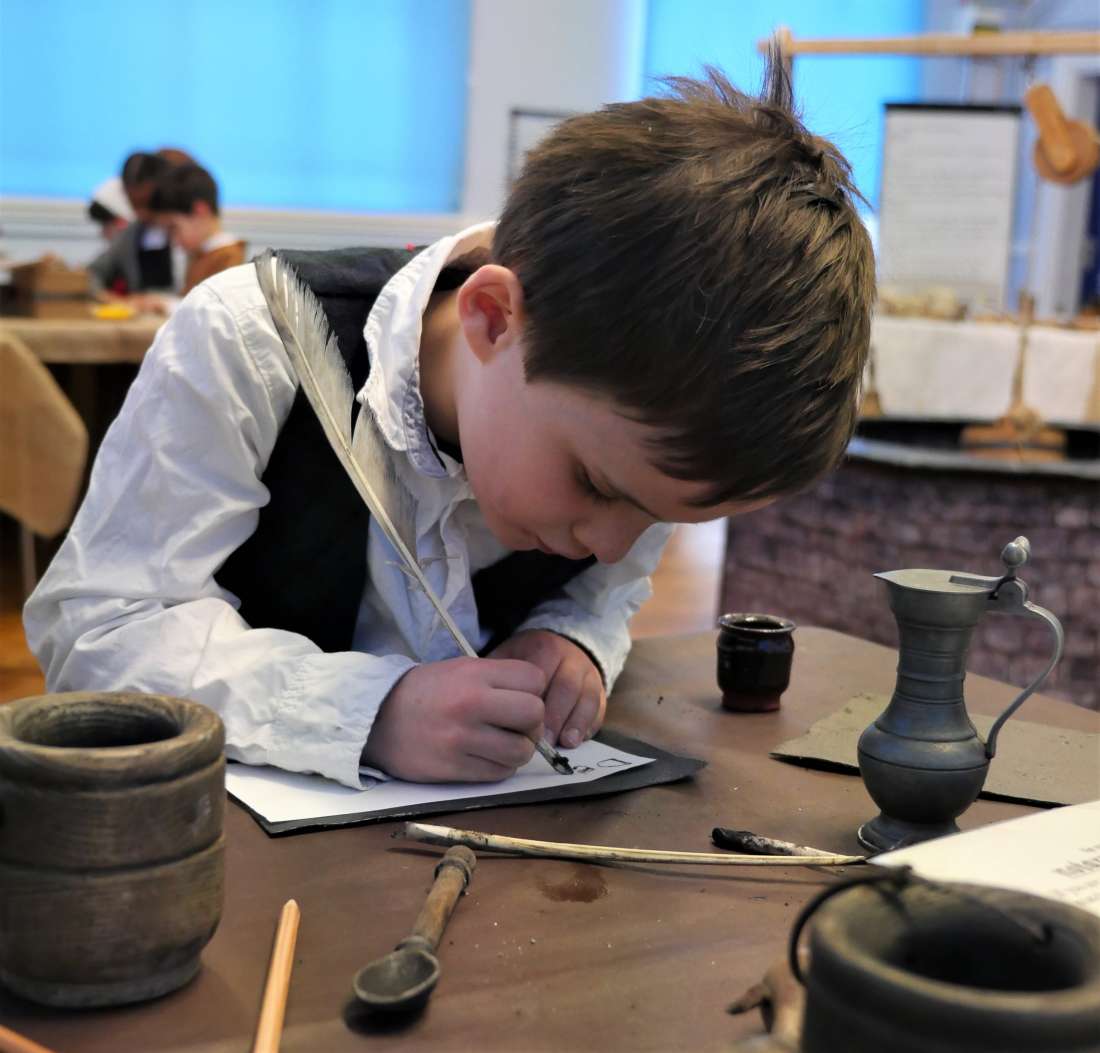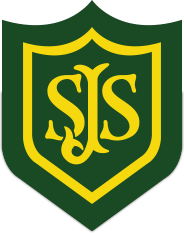At St John’s Highbury Vale we want our children to feel inspired by their exploration of a range of cultures, time periods and the physical world and use this to complement their learning in other areas of the curriculum. Through inspirational enrichment days, lessons, prior knowledge and our children’s curiosity, we develop their understanding of British history and geography, as well as that of the wider world. We provide children with the opportunity to advance their skills of enquiry, help them to understand and use key historical vocabulary and concepts, provide opportunities for making and doing, deliver reading and writing across the History and Geography curriculum, as well as teach new skills. In our curriculum, we equip our children with the skills to ask perceptive questions, think critically, consider evidence, develop opinions and make judgement. We encourage this through a number of philosophical ‘big questions’ which are linked to six of the core concepts of the bible.
Creation – The Fall – People of God – Incarnation – Gospel – Salvation
The key questions we have linked to each biblical concept are:
| Creation |
The Fall |
People of God |
Incarnation |
Gospel |
Salvation |
| Why are we here? |
Where did it all go wrong? |
How can we make a change? |
What next? |
How will we get to where we want to go? |
Can we lead the way? |
At St John’s Highbury Vale Primary School we have devised our own bespoke History and Geography curriculum. This provides an enriched curriculum in which cultural diversity can be explored and children can bring their life experiences, preferences and abilities to impact on their learning. We aim to provide the experiences, resources, support and environment in which all children will enjoy and develop their skills in a supportive atmosphere. Themes have been carefully selected so that there is even coverage of the National Curriculum, opportunities to explore ideas in depth, revisit and expand upon previous learning and make links between subjects. In English children study quality books, plays and poems that are chosen to deepen children’s understanding of the topic. All topics are built around planned practical learning opportunities such as field work, museum visits and workshops that enrich children’s learning further. We also endeavour to make frequent cross curricular links between History and Geography topics with English, Maths, Computing, Art, DT, Science and Global Citizenship where appropriate. Our medium term plans and knowledge organisers are ready for teachers to use to support them in planning so each unit of work builds on the previous year. This means that children can talk about their prior knowledge within that subject giving them confidence in their learning and knowledge so that they are motivated and excited to learn.
Geography and History Overview 2022


